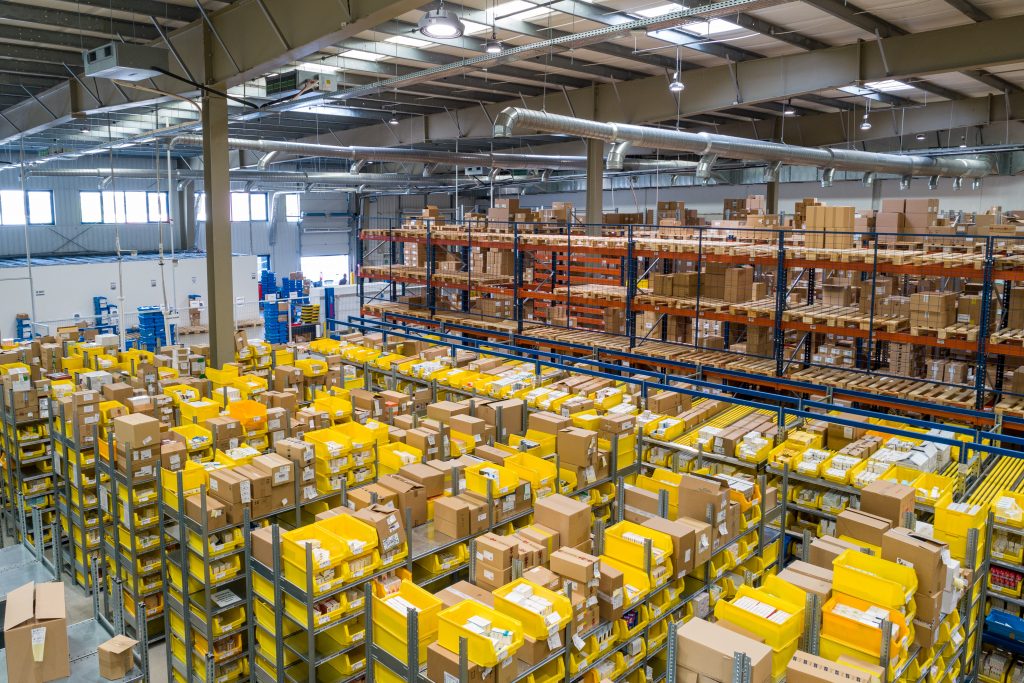As automation is the process of optimising the overall operation with minimal human resources by applying for technology advances. This application could be interlaced between human and machine production or could be entirely automated which requires only a human workforce in managing the overall process when needed. Automation company in Malaysia have been a rising trend among business models that penetrated most aspects of human life, such as manufacturing goods, and data processing.

Types of automation in Manufacturing
Industrial automation
This is the process where any repetitive actions of production are replaced by machines that could work relentlessly with high precision. Moreover, this process also replaces human workforces when it comes to dangerous tasks like working with high temperatures, cutting machines, or extreme working conditions. Some of the basic applications of automation within this sector include:
- Numerically controlled equipment which could rapidly and precisely cut, weld, and mould details.
- Industrial robots that could be seen in the car production chain
- Flexible manufacturing system, people could flexibly change the uses of the manufacturing chain and the outcomes.
- Computer-aided manufacturing, the chain is managed by the computer.
Numerically controlled machines
This kind of manufacturing automation uses computers as a means of calculating, storing, and proceeding with operations that used to be performed by human hands. An example of this application is a computerised numerical controlled mill. Rather than having human operators reposition each cut with their hands, the computerised numerical controlled mill has it calculated by the computer and has the machine position the cut and analyse it with precision.
Industrial robots
Similar to the numerically controlled machine, industrial robots produce details with high precision, are fast, and could work 24/7. Allowing manufacturers the free time to spend on other stages of production, as well as saving and generating more profit as it requires less production time with a minimum amount of human workforce. Moreover, since they are controllable robots, which is highly suitable for extreme working conditions that are dangerous for humans. However, the initial cost is usually high, but also comes with long-term benefits. After six months, business owners will start to see the return on their investment. These robots could be customised to perform many industrial automated applications including welding, material handling, assembly, palletizing, and painting.
Flexible manufacturing systems
A flexible manufacturing system as the name implies could flexibly produce various types of items. This is achieved by combining numerical controlled machines, industrial robots, and other types of industrial automation within one automation system. A flexible manufacturing system would normally manufacture identical products and parts but will still maintain the flexibility to change parts or processes. The only drawback would be the time it takes to switch from one product to another, wasting production time.
Computer-aided manufacturing
Computer-aided manufacturing allows people to step one step closer to industrial automation. The process consists of letting the computers be in charge of stages from production, planning, and control, typically the entire manufacturing process could be maintained with computer aid. A typical example of Computer-aided manufacturing is CAD or computer-aided design or computer-aided design and drafting. Both processes of CAD and CADD utilise computer programs to virtually plan products, parts, layouts, industrial robots, and a wide range of aspects within the industrial contexts.

